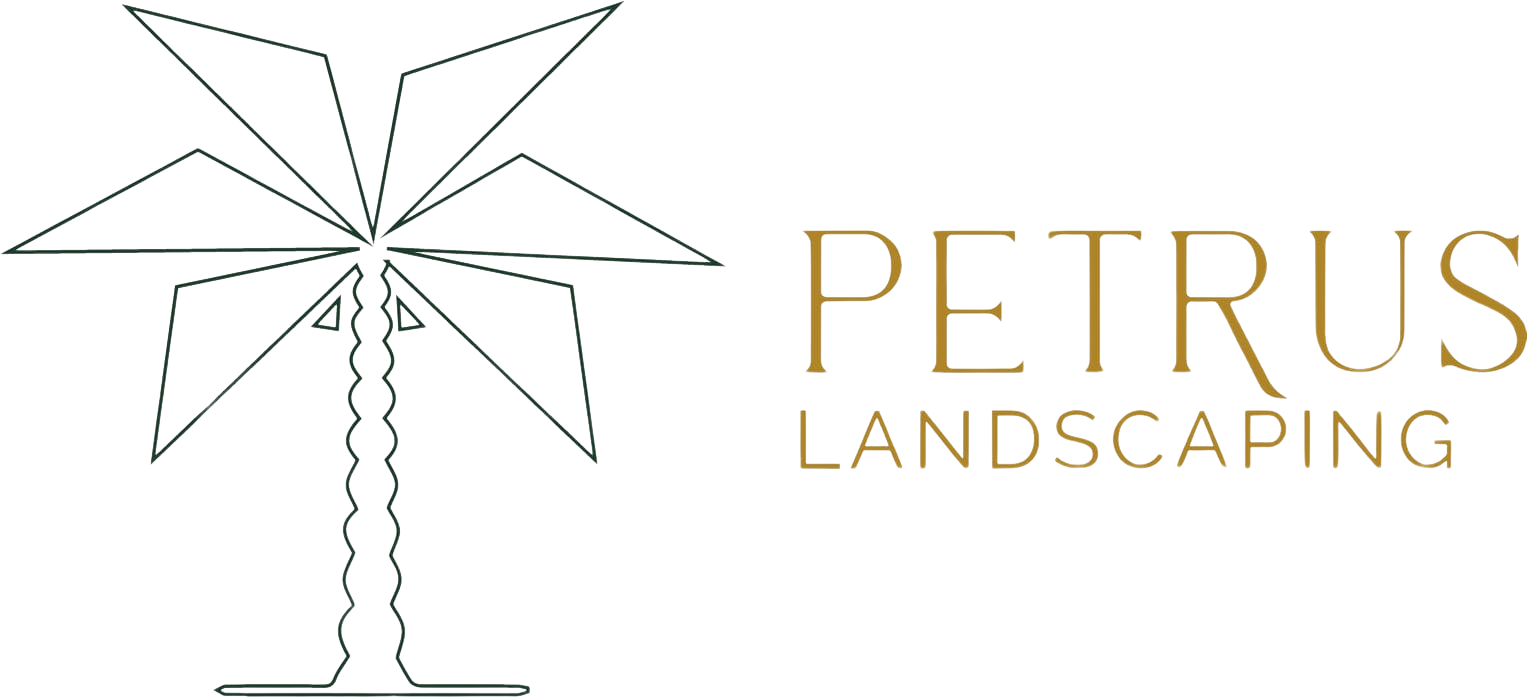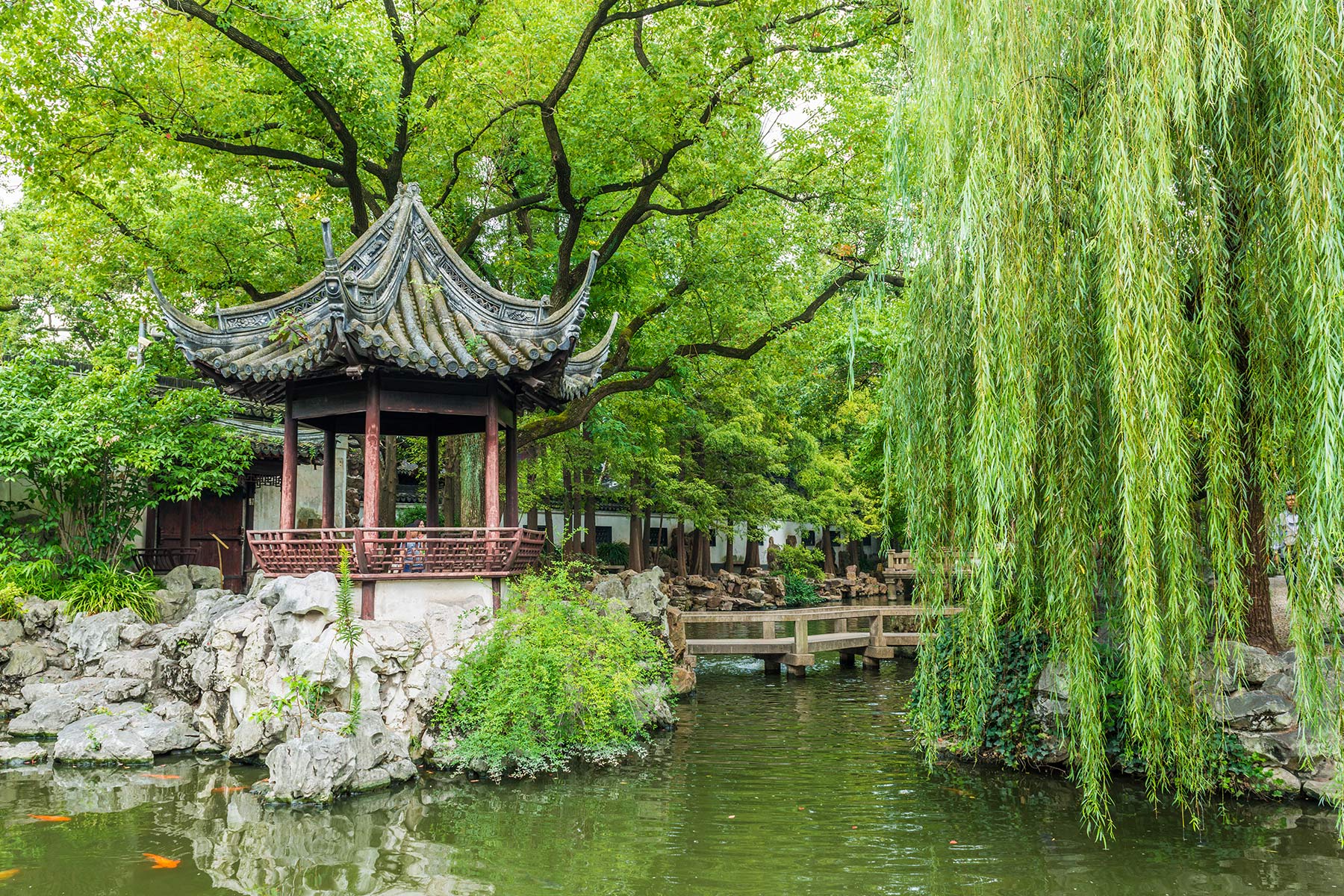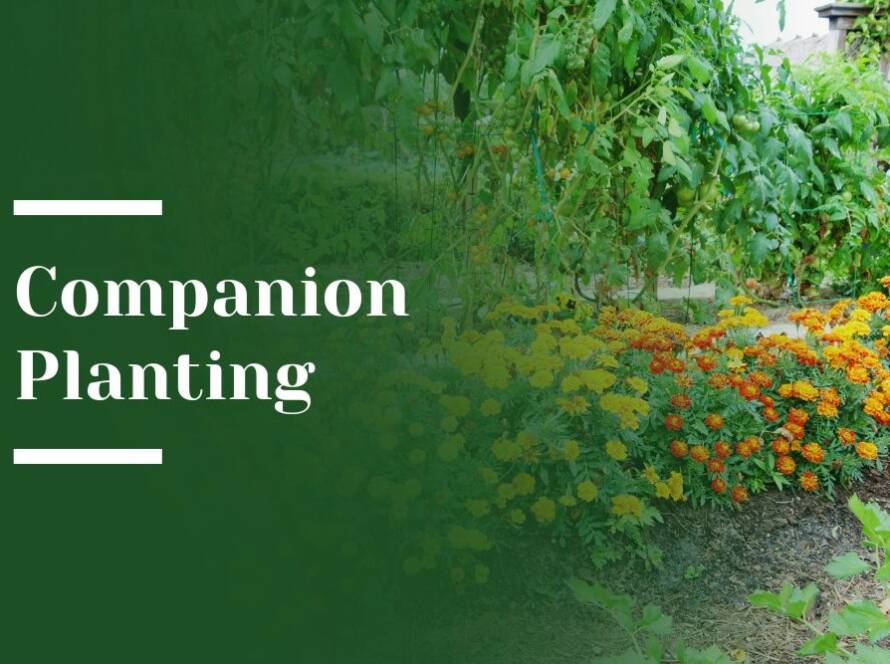So much has been written and discussed about what makes a “true” Japanese garden. Reading all the material available on Japanese gardens can make the idea of planting one quite challenging.
The most important thing about planting a Japanese garden (just like any garden) is to have fun with designing and installing your own, and not to get caught up in what can sometimes be an over-philosophical idea of what some claim a Japanese garden needs to be. A Japanese garden tended by masters for generations can be a fascinating and beautiful experience, but not all Japanese gardens have to follow these strict rules.
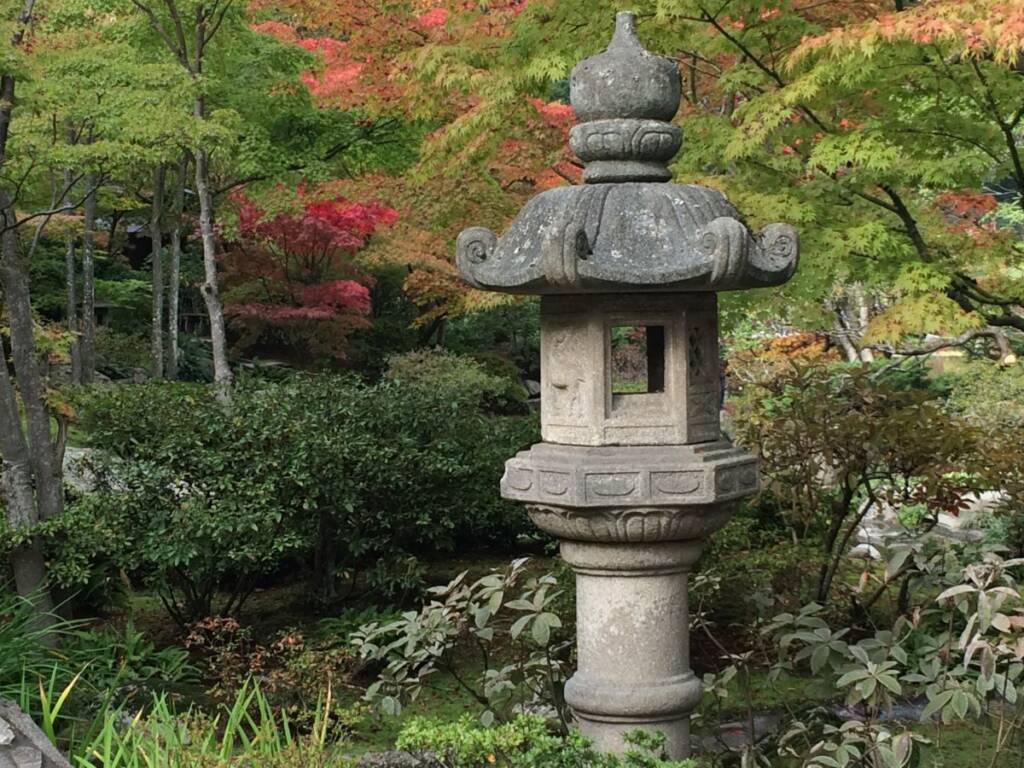
History
Japanese gardens have been around for centuries and have always been admired for their beauty and serenity. These gardens, also known as Zen gardens, are designed to evoke a sense of peacefulness, harmony and balance amongst nature. They are carefully arranged sceneries made of rocks, stones, sand, water, and plants- all with great attention to detail.
The history of Japanese gardens dates back to the 7th century when Buddhist monks brought the concept of rock and water gardens from China. Over time, the art of creating these gardens has been refined and evolved into several distinctive styles, each with its own unique features and symbolism.
Japanese Garden Styles
Karesansui
Also considered a dry garden, which is characterized by white gravel or sand, arranged in patterns to represent water, mountains or islands. This style is often seen in Zen temples and reflects the Buddhist belief in simplicity and emptiness.
Tsukiyama
Hill garden, which includes hills, streams, ponds, and bridges to create a realistic yet tranquil natural setting. This type of garden was popular among aristocrats in the 17th century and features carefully chosen plants to reflect the changing seasons.
Chaniwa
The Chaniwa, or tea garden, is a smaller and more intimate garden that is designed for traditional tea ceremonies. The garden often features a stepping-stone pathway leading to a small tea house, surrounded by lush foliage and calming sounds of water.
Garden Features
Japanese gardens often feature a focal point, such as a stone lantern, a statue, or a water feature, which serves as a visual anchor and adds to the overall sense of harmony and balance. The plants used in the gardens are carefully chosen and placed to complement the overall design and style.
In addition to being visually appealing, Japanese gardens are also designed to promote relaxation and meditation.
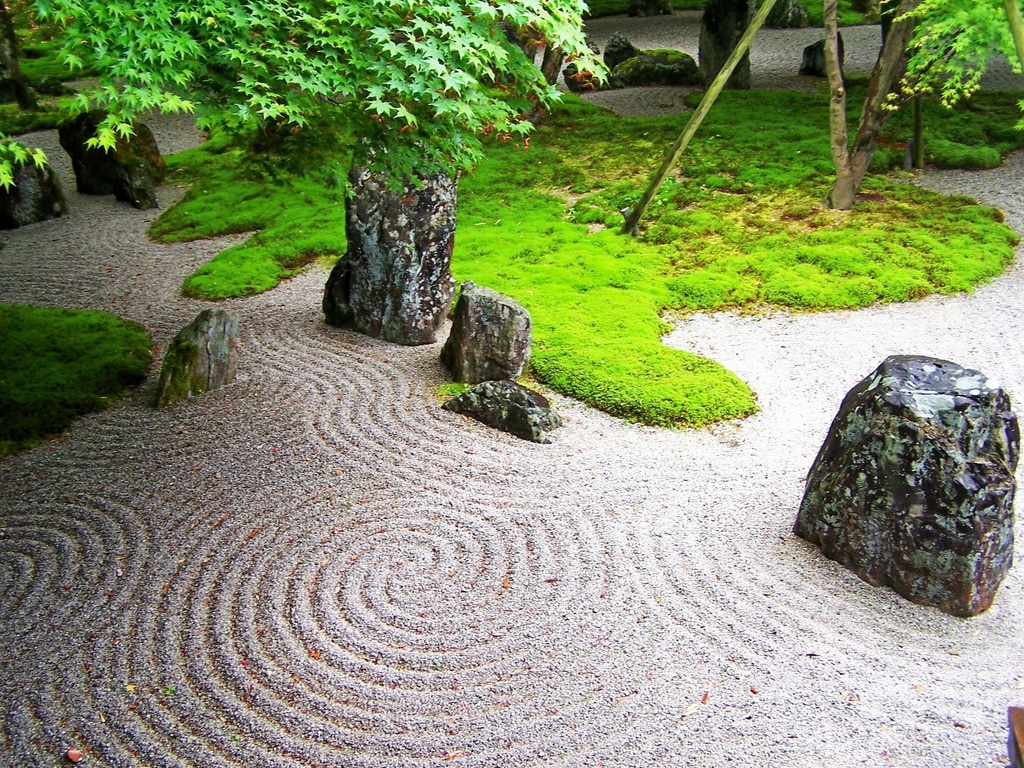
Japanese gardens are a beautiful and serene reflection of the country’s rich cultural history. They provide an incredibly unique feel in a landscape, and creating one is a rewarding experience. So have fun with the adventure of creating this garden style, and the next time you are in a Japanese garden, enjoy the inspiration of many different interpretations that these gardens can take. Just remember that when walking through these types of gardens, you are not seeing a set of rules that need to be adhered to, but a celebration of how diverse the rules of nature can be.
Here are some fantastic features to elevate your Bay Area garden into a Japanese retreat:
Water Features
Many Japanese garden ideas will incorporate concepts surrounding water. Water symbolizes life’s constant flux and crucial role in existence. Traditional gardens incorporate asymmetrical ponds designed to mimic nature. These ponds symbolize oceans or lakes, and waterfalls symbolize miniatures of Japanese mountain streams. Dry rock gardens, or Zen gardens, use sand to represent water. As per tradition, water flowing from east to west is believed to dispel evil and promote a long, healthy life for the owner.
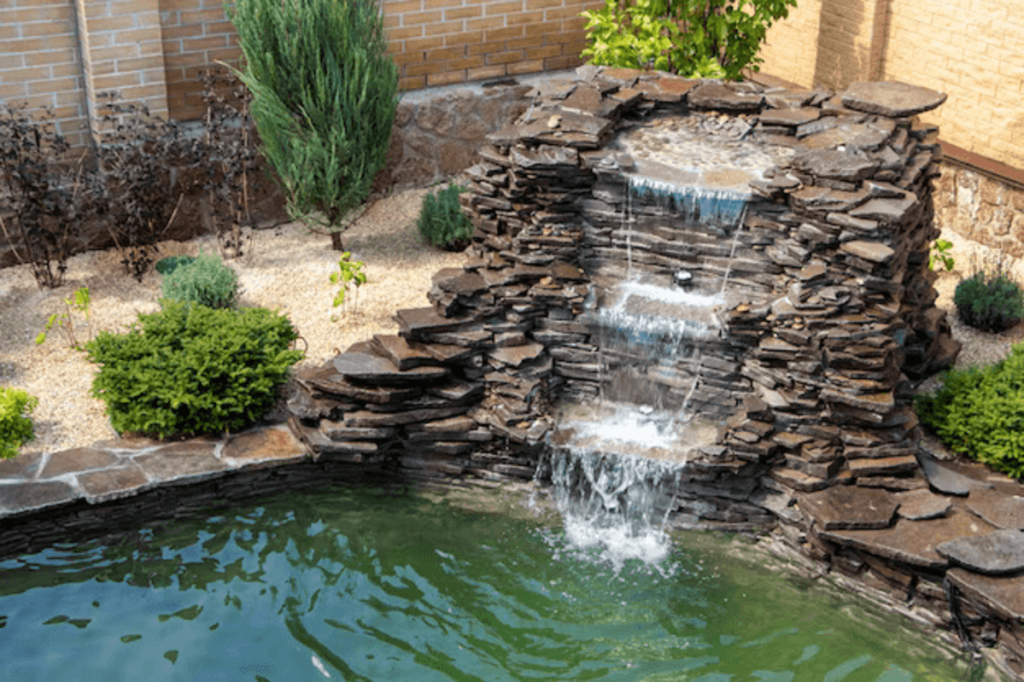
Rockscapes
Rocks play a significant role in Japanese-style gardens, each type symbolizing a different concept. Smooth rocks are typically used as stepping stones or to border ponds. In contrast, hard metamorphic rocks are placed around waterfalls or streams. Rocks can be arranged in sets of three, where the tallest represents heaven, the medium-sized rock symbolizes humanity, and the smallest represents the bridge between the two.
Trees and Flowers
The thoughtful arrangement of trees and flowers can create picturesque scenes or mask unsightly views. Some popular trees in these gardens include pine (symbolizing longevity), cherry, maple, and ginkgo. Autumnal hues are often favored for their rich colors, while flowers are chosen based on their blooming season.
Bridges and Fences
Bridges and fences are integral features of Japanese garden design. Bridges, made from natural materials like wood or stone, symbolize the path to paradise and immortality. Fences, usually made from bamboo or wood, are kept simple, framing the garden’s boundary without creating an obtrusive element that fights with its surroundings.
Stone Lanterns and Water Basins
Stone lanterns in a Japanese garden offer a gentle illumination and represent the four natural elements – fire, water, earth, and wind. Stone water basins, traditionally placed in tea gardens, provide a spot for guests to cleanse their hands and mouths before a tea ceremony.
Fish Ponds
Koi fish, bred in Japan since the 1820s, are a staple of Japanese water gardens. Their vibrant colors reflect careful breeding techniques, and their symbolic association with love and friendship makes them a beloved addition to these peaceful spaces. The presence of koi introduces a dynamic, living element to the garden’s tranquility.
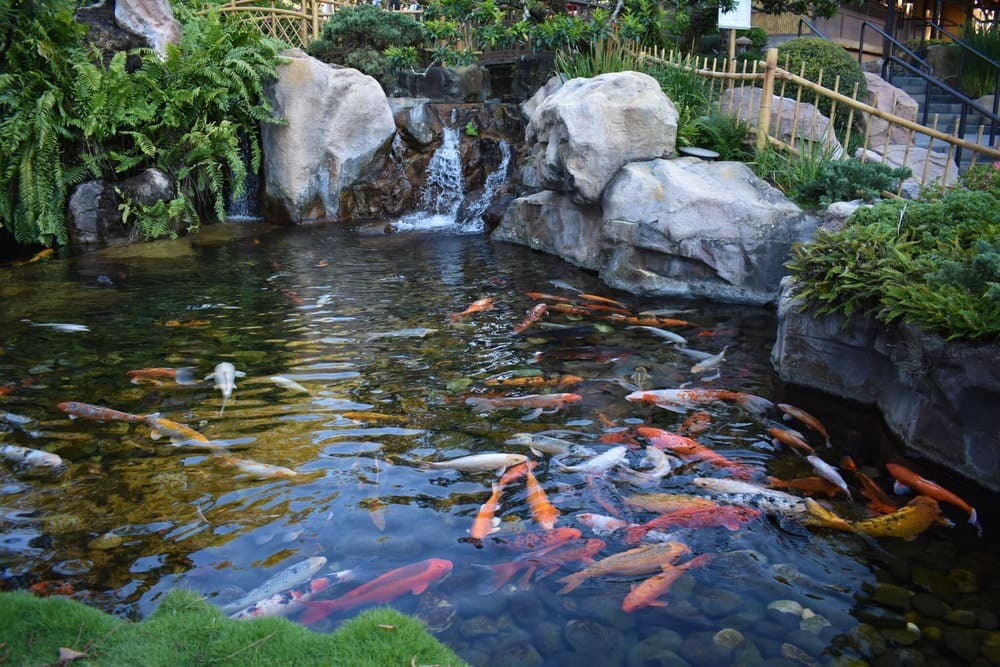
12 Japanese Garden Ideas
1. Establish a Striking Entrance
Creating a distinct entrance with a bamboo gate sets the tone for a Japanese garden, symbolizing the transition from the outside world to a peaceful retreat. Bamboo, a staple in Japanese garden design, adapts well to the Bay Area’s climate. This is one of the Japanese garden ideas that uses bamboo to establish a calming aura. Growing bamboo locally promotes sustainability, enhances your estate’s green credentials, and is a prime example of low-maintenance Japanese garden design.
2. Craft Mystery with Clever Design
In Japanese gardens, concealed views foster a sense of intrigue and exploration. A winding path or strategically placed plants can arouse curiosity about what lies ahead, a characteristic of Japanese landscape design. Incorporating native plants into this design tactic will mesh the Japanese aesthetic with the Bay Area’s local flora. Moreover, these Japanese-style gardens are perfect for the outdoor lover looking for a simple yet engaging space.
3. Embrace Evergreens for Year-round Beauty
Japanese gardens frequently utilize evergreens for their subtle hues and textures, providing visual interest throughout the year. These trees are an integral part of the best Japanese garden design. In the mild climate of the Bay Area, evergreens maintain their lush green tones, supporting the serene ambiance of your garden even in winter. Thus, they are crucial in Japanese garden designs, ensuring a verdant space throughout the year.
4. Utilize Moss for Tranquil Ground Cover
Moss contributes to a serene ground cover in moist, shaded areas of a Japanese garden. This element of Japanese garden design adds a touch of tranquility to your outdoor spaces. However, if moss can’t grow in your area, consider alternatives like groundcover plants that thrive in the Bay Area’s specific climate. This tactic aligns well with a Japanese garden, emphasizing adaptability and sustainability.
5. Create an Intimate Space with a Pavilion
Incorporate a pavilion or teahouse to provide a serene entertaining, or solitary contemplation spot. These structures are common in Japanese-style garden design. Using natural materials like bamboo or wood, they enhance the garden’s calming atmosphere while adhering to the Bay Area’s sustainable building ethos. This modern take on traditional Japanese garden ideas makes it suitable for contemporary estates.
6. Introduce a Pagoda Lantern for Character
Stone lanterns, especially those shaped like pagodas, add charm without demanding significant space. These are signature elements in Japanese-style gardens. Echoing the roofline of a teahouse or arbor, these lanterns can light up your garden in the evenings, adding an enchanting element to your estate. It blends traditional and modern styles, ideal for Japanese garden ideas that want to make a dramatic impact.
7. Experiment with Textural Contrast
Japanese gardens often use contrasting textures to create visual interest. Employing plants like hostas, with their purple flowers, and Hakone grass can establish a diverse textural palette. This approach aligns with Japanese landscape design principles of using plant varieties to create visual appeal. Accustomed to the Bay Area’s climate, these species will ensure your garden’s allure year-round, making it a quintessential part of the best Japanese garden design.
8. Employ Architectural Plants
Pruned trees like Japanese maple can reveal striking architectural forms. These trees add depth and interest to your garden with their unique branching patterns. These trees form the cornerstone of many Japanese garden design aesthetics. In the Bay Area, these trees will thrive, adding an authentic Japanese touch to your landscape and contributing to a simple yet sophisticated garden style.
9. Install a Zigzag Bridge for Protection
Traditionally, zigzag bridges in Japanese gardens are believed to ward off evil spirits. While lending an aesthetic appeal, such a bridge also provides a fun, cultural element to your garden. It is one of the Japanese small garden ideas that doesn’t demand a large space but adds immense charm. Your guests will find it a talking point, appreciating the Japanese-style garden elements in your estate.
10. Craft a Tranquil Oasis with an Island Retreat
A pond with a small island can create a sense of depth and solitude. This practice from traditional Japanese water garden landscaping can be adapted for the Bay Area’s weather, using local plants and rocks to reinforce regional authenticity. This element can be beautifully incorporated into Japanese garden ideas. This can make your garden one of the best Japanese-style gardens in the area, blending tradition with modernity.
11. Create a Reflective Space with a Pond
Ponds that reflect surrounding flora create a serene sense of tranquility in Japanese gardens. Adding a bamboo fountain or bridge can enhance its peaceful appeal. In areas that receive copious amounts of sun, a reflective pond can be a mesmerizing centerpiece, harmonizing with the region’s ambient light, a testament to Japanese water garden design. This core concept in Japanese garden design enhances the peacefulness and mindfulness associated with gardening.
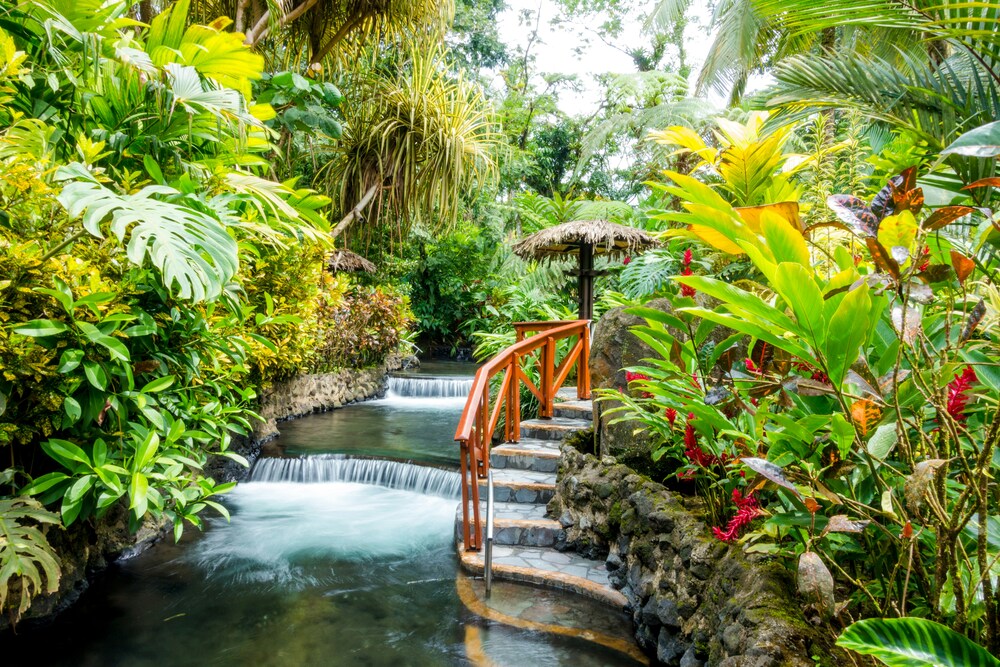
12. Introduce Life and Color with Koi or Goldfish
A Koi or goldfish pond adds vibrancy to a Japanese garden. Despite the Bay Area’s climate, Koi and goldfish can thrive, introducing an element of dynamism and symbolizing prosperity in your garden. As such, it’s one of the most engaging small Japanese garden ideas that adds life to your space, providing an interactive experience for visitors while maintaining the tranquility of a traditional Japanese-style garden.
